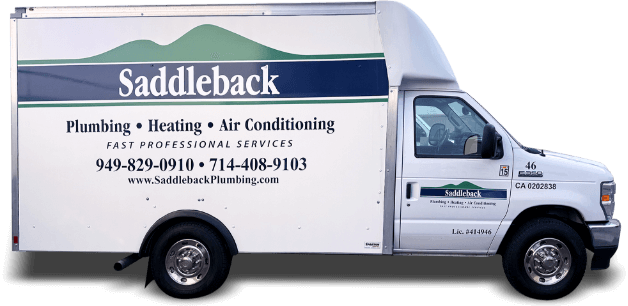Balboa Heating Installation Question: What Makes a Furnace High Efficiency?
January 18th, 2012You’ve probably heard about the new lines of high efficiency furnaces being released by popular home heating companies in Balboa, but what exactly is different about these high efficiency devices from your current furnace?

